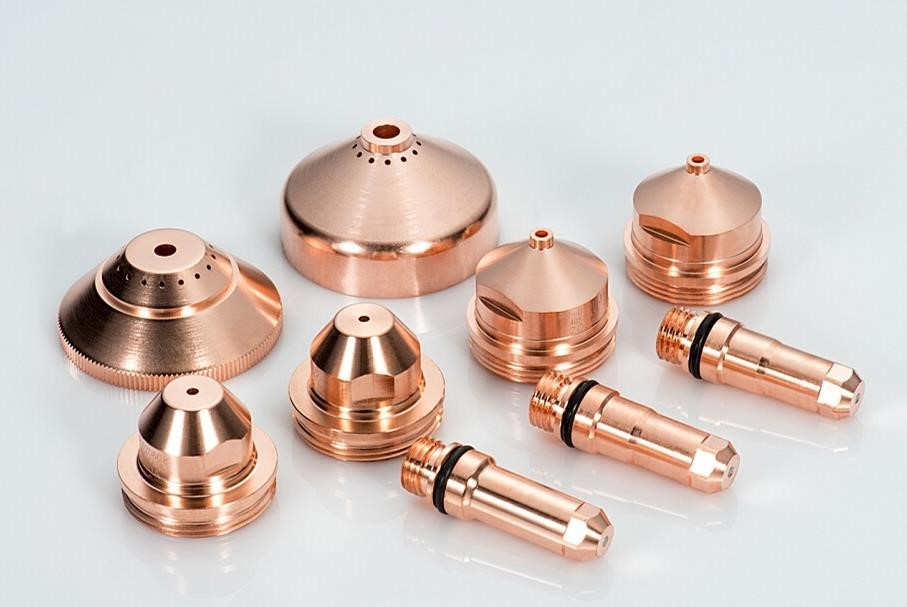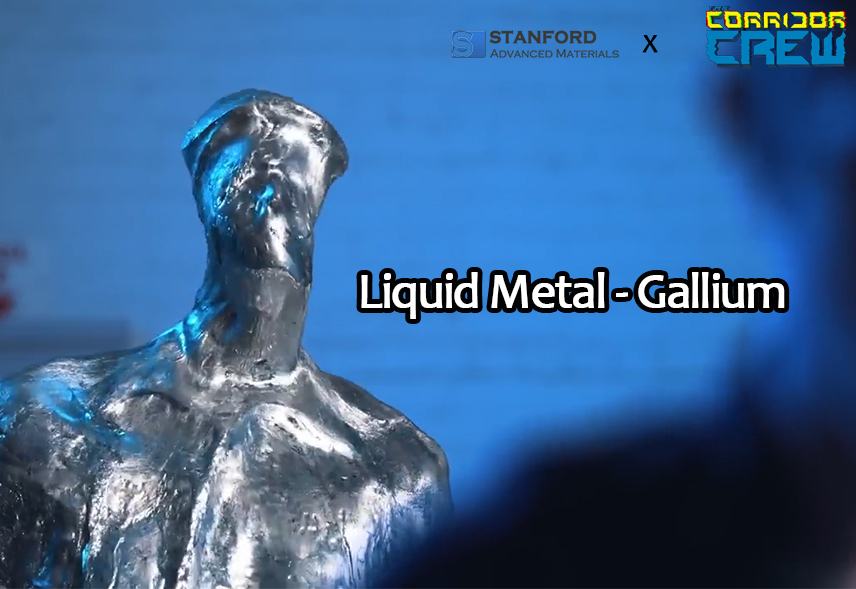How to Improve the Properties of Tungsten Copper Alloy?
Tungsten copper alloy is an alloy composed of tungsten and copper, and the copper content of the alloy is usually 10% to 50%. The alloy can be prepared by powder metallurgy and has good electrical and thermal conductivity, good high-temperature strength, and certain plasticity. In this article, let's take a look at how to improve the properties of tungsten copper alloy.

How to Improve the Properties of Tungsten Copper Alloy
At present, there are two main methods for improving the properties of tungsten-copper alloys. One is to prepare tungsten-copper ultrafine raw powder, and the other is to improve the pressure-densification process of tungsten-copper composite materials.
- Prepare Tungsten-Copper Ultrafine Raw Powder
There are six main preparation methods of ultrafine tungsten-copper composite raw powder, including mechanical alloying, sol-gel method, spray drying method, oxide co-reduction method, mechanical-thermochemical synthesis method, and precipitation method.
a. Mechanical alloying is to put tungsten and copper raw material powders into a high-performance ball mill for ball milling and obtain refined raw material powders through control of time and rotation speed.
b. The tungsten copper composite powder prepared by the sol-gel method has uniform particle size, high purity, large surface activity, and is easy to prepare and shape.
c. Spray drying method can only obtain tungsten and copper oxide powder and use the reduction method to obtain the ultra-fine tungsten-copper composite powder.
d. Oxide co-reduction method. That is, tungsten and copper oxides are easier to mix and distribute than simple metals, and the fully dispersed tungsten and copper oxides are reduced to obtain the ultra-fine and uniform tungsten-copper composite powder.
e. The mechano-thermochemical synthesis method uses tungsten and copper oxide powders for mechanical alloying and ball milling to prepare powders and then uses a reduction method to obtain composite powders.
f. The precipitation method uses the liquid phase to first precipitate the precipitate and then undergoes calcination, reduction, and other process conditions to finally obtain the tungsten copper composite powder.
In actual production and application, a variety of ways are often combined to obtain ultrafine tungsten copper composite raw powder to meet various production needs.
- Improve the Pressure-Densification Process of Tungsten-Copper Composite Materials
In order to further improve the compactness of the tungsten-copper composite formed products, improve and improve their performance, according to the product variety, shape, and other characteristics, pressure compaction processing is performed on it. At present, the main pressure processing methods are hot isostatic pressing, hydrostatic extrusion, and hot forging methods.
a. Hot isostatic pressingcan eliminate defects such as voids and shrinkage holes in the tungsten copper composite material. This process makes full use of the ductility of copper and improves the performance of the material, but this method has high equipment costs and low efficiency.
b. Hydrostatic extrusion is the use of a fluid medium to transfer force to the material, which is more conducive to the uniformity of deformation. This method can greatly improve the density, strength, and conductivity of the tungsten copper composite material.
c. Commonly used deformation processes such as hot forging and hot rolling have also improved the properties of tungsten-copper alloys.
Conclusion
Thank you for reading our article and we hope it can help you learn how to improve the properties of tungsten copper alloy well. If you want to know more about tungsten copper alloy and other refractory metals and alloys, we would like to advise you to visit Stanford Advanced Materials (SAM) for more information.
Stanford Advanced Materials (SAM) is a worldwide supplier of tungsten products and has over two decades of experience in the manufacture and sale of tungsten products, offering high-quality tungsten and tungsten copper alloys to meet customers' R&D and production needs. As such, we are confident that SAM will be your favorite tungsten copper alloy supplier and business partner.



